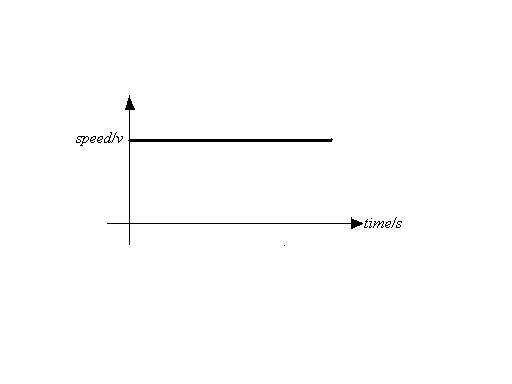
|
Asia-Pacific
Forum on Science Learning and Teaching, Volume 6, Issue 2, Article 7
(Dec., 2005) Tin -Lam TOH On in-service Mathematics teachers' content knowledge on kinematics
|

|
Asia-Pacific
Forum on Science Learning and Teaching, Volume 6, Issue 2, Article 7
(Dec., 2005) Tin -Lam TOH On in-service Mathematics teachers' content knowledge on kinematics
|
Method
A group of twenty six in-service Mathematics teachers teaching Additional Mathematics were asked to do a short questionnaire on some kinematics questions before the commencement of the in-service workshop conducted for the teachers. Information regarding the second (and third, if applicable) content subject that they were currently teaching in school (besides Mathematics) were also collected.
The breakdown of the teacher's second and third teaching subjects is tabulated in Table 1 below. It was found that all the participating teachers only taught two subjects in their schools, hence no third subject is recorded below.
Table 1: Breakdown of the Second teaching subject of the participating teachers
The teacher participants were required to identify whether they thought that each statement was TRUE or FALSE. For each of the statement which they believed the answer was FALSE, they were required to write down in the space provided why they thought each statement was FALSE by either giving a special numerical example demonstrating why it was not true, or giving a qualitative explanation of where the concept was incorrect. For each of the statement which they thought was TRUE, they were asked to write a brief statement to give a short explanation.
To ensure greater reliability of the participants' response, the participants were assured of confidentiality of the data they had provided for this initial survey. To reduce the teachers' anxiety level, they were assured that the survey results was not tied to their performance in the workshop but was meant as a means to help them with their kinematics concepts. They were not required to write down their names or the schools they were teaching on the survey question papers.
The questions on the survey forms are appended in Table 2 below.
1. An object traveling with constant speed does not experience any acceleration. 2. An object traveling with constant non-zero acceleration definitely experience a change in speed.
3. The magnitude of displacement of a particle is the distance traveled by the particle.
4. An object traveling with minimum velocity is traveling with minimum speed. 5. When an object travels with positive acceleration, it travels with increasing speed.
6. Acceleration is defined as the rate of increase of velocity with respect to time. 7. When an object travels with positive velocity, its speed is increasing. 8. When an object has a positive displacement, its speed is increasing. 9. The velocity of an object is defined as the rate of change of its displacement with respect to time. 10. The speed of an object is defined as the rate of change of distance traveled with respect to time. 11. The speed of an object equals the magnitude of its velocity. 12. Refer to the speed-time graph below.

13. There is nothing wrong with the statement "The velocity of a car is 2 m/s". Table 2: Survey questions
The participating teachers were given about thirty minutes to complete the questionnaire and submit their answers at the end.
The questions were classified into three main categories as follow:
Category 1: Knowledge of Kinematics in Two-Dimensions: Questions 1, 2 and 12 (see Table 2 above) involve knowledge of objects moving in more than one dimension. In general, objects moving with constant speed may not have zero acceleration. Teachers are at least required to relate the concepts to examples of motion in two dimensions.
Category 2: Elementary Conceptual Difference between Vector Quantity and Scalar Quantity: Question 13 involves knowledge of scalar and vector quantities, and that there is difference between the terms speed and velocity. Teachers are required to know that speed is a scalar quantity while velocity is the vector counterpart of speed.
Category 3: Knowledge of Kinematics in One-Dimension: Questions 3, 4, 5, 6, 7, 8, 9 and 10 involve knowledge of the terms displacement, velocity and acceleration and their scalar counterparts (namely, distance traveled, speed and the magnitude of acceleration). The questions also involve the signs of the respective vector quantities and the significance of the signs of these vector quantities.
The data was then recorded according to the correctness of the answers and the reasons substantiating their answers in Table 3 below. The column "Wrong Response" in Table 3 is a collation of those entries when either (1) the answer is wrong or (2) the answer is correct but substantiated by wrong reasoning. Data in which no reason was given to substantiate the response would be ignored (In this study, it turned out that the all the teachers' responses were substantiated with reasons, hence the sum of wrong response and correct response for each question equals 26, the total number of participants, for each question recorded below).
Finally after the survey, the correct answer and reason to each of the questions in Table 2 were given to the participants. The participating teachers were also encouraged to give their verbal feedback on the questions.
Copyright (C) 2005 HKIEd APFSLT. Volume 6, Issue 2, Article 7 (Dec., 2005). All Rights Reserved